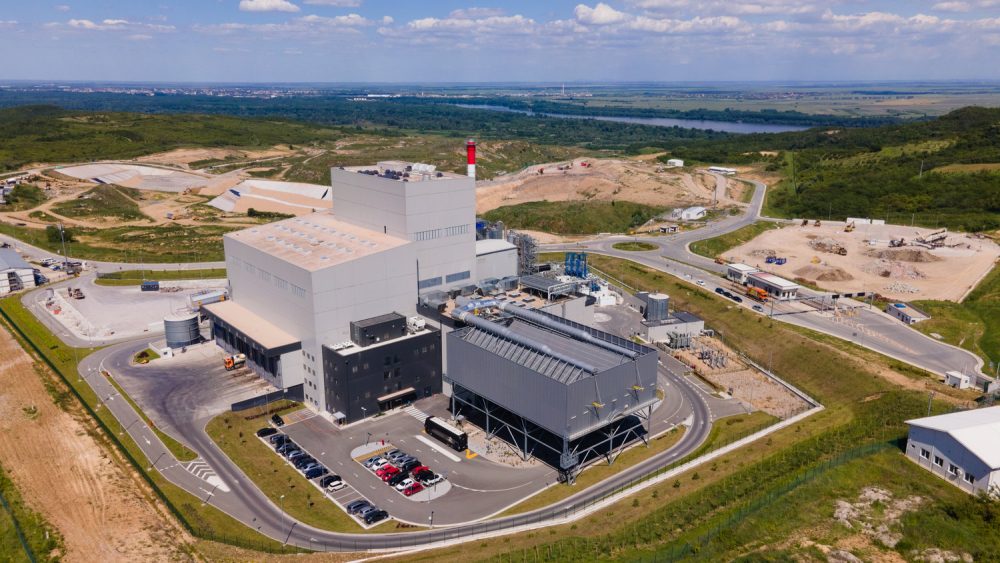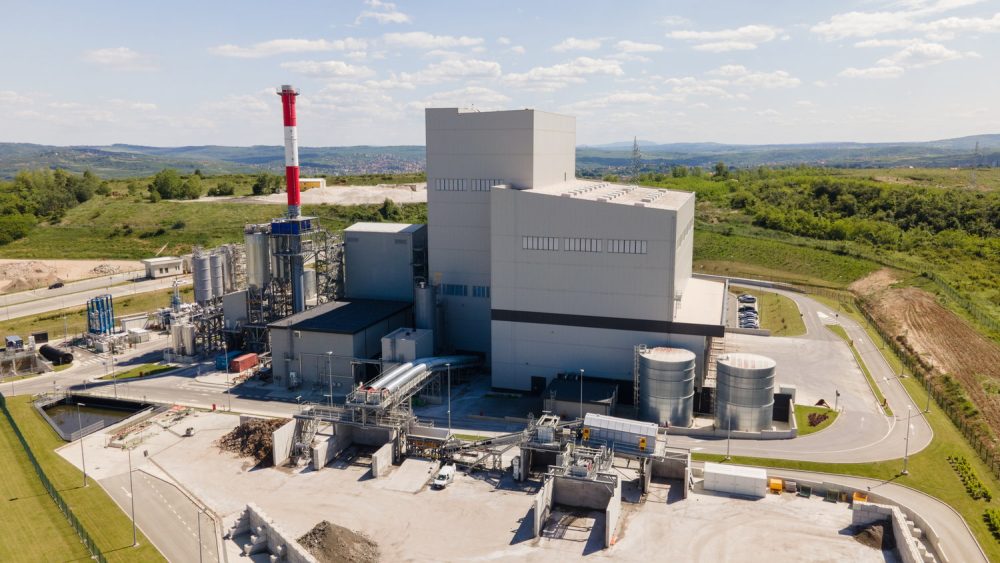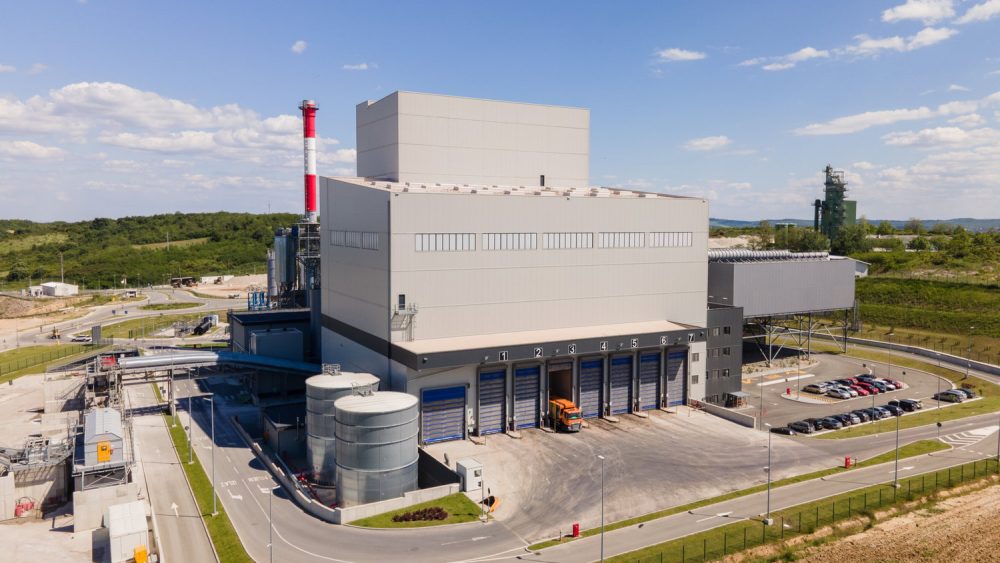Waste-to-Energy (WtE) or energy-from-waste (EfW) is the process of generating energy in the form of electricity and/or heat from the thermal treatment of waste, or the processing of waste into a fuel source. WtE is a form of energy recovery.
An energy-from-waste plant converts household and similar waste into energy in the form of steam, electricity, or hot water. Waste-to-energy and recycling are complementary waste treatment methods in integrated waste management systems and help reaching the targets aimed at reducing the amount of waste going to landfill.
Waste-to-energy is a hygienic method of waste treatment, reducing its volume by about 90%. Efficient waste-to-energy plants reduce methane emissions (a potent greenhouse gas that has 25 times greater impact to climate than carbon dioxide CO2) from landfilling and substitute electricity generated from fossil fuel.
Features of the Energy-from-Waste (EfW) Plant within the Belgrade Waste Management PPP project are:
- A waste incinerator with a waste reception facility and a waste combustion system (air – cooled reverse acting grate technology);
- A heat recovery boiler and a steam turbine-generator allowing for combined heat and power energy recovery;
- A Flue Gas Treatment (FGT) system (dry, hydrated lime system) which will allow to reduce the concentration of contaminants from exhaust gases emitted to the atmosphere in accordance with the requirements of the revised (2019) Industrial Emissions Directive 2010/75/EU and its emission limit values;
- A treatment facility for bottom ash;
- A treatment facility for FGT residues (also called Air Pollution Control Residues [APCR]): It is planned that APCRs will undergo stabilization and solidification by mixing with cement and binding agents prior being landfilled in the landfill for Process Residues;
- Capacity to produce a minimum heat off-take volume of 56.5 MWth and power delivery of 30.24 MWel.
Emission Limits
- The EfW plant has been designed and is being built in compliance with the Best Available Techniques (BAT). This means that it has been equipped with the latest technical and technological solutions that allow it to meet the strict environmental standards of the EU.
- Parameters of the processes taking place in the installation is constantly monitored and optimized. Emissions are monitored using sensors installed in the stack. The plant operation is constantly monitored and controlled by a team of specialists as well as by authorized external institutions.
- Flue gas emissions are comply with the EU Directive 2010/75/EC on Industrial Emissions (IED).
- A Selective Non Catalytic Reduction system with liquid urea solution injection and a CNIM/LAB “SECOLAB” dry process have been selected with the aim to comply with the limit values set by the EU Directive.
The production of electricity and heat in this Energy-from-Waste plant, will enable Belgrade households with renewable energy source.




